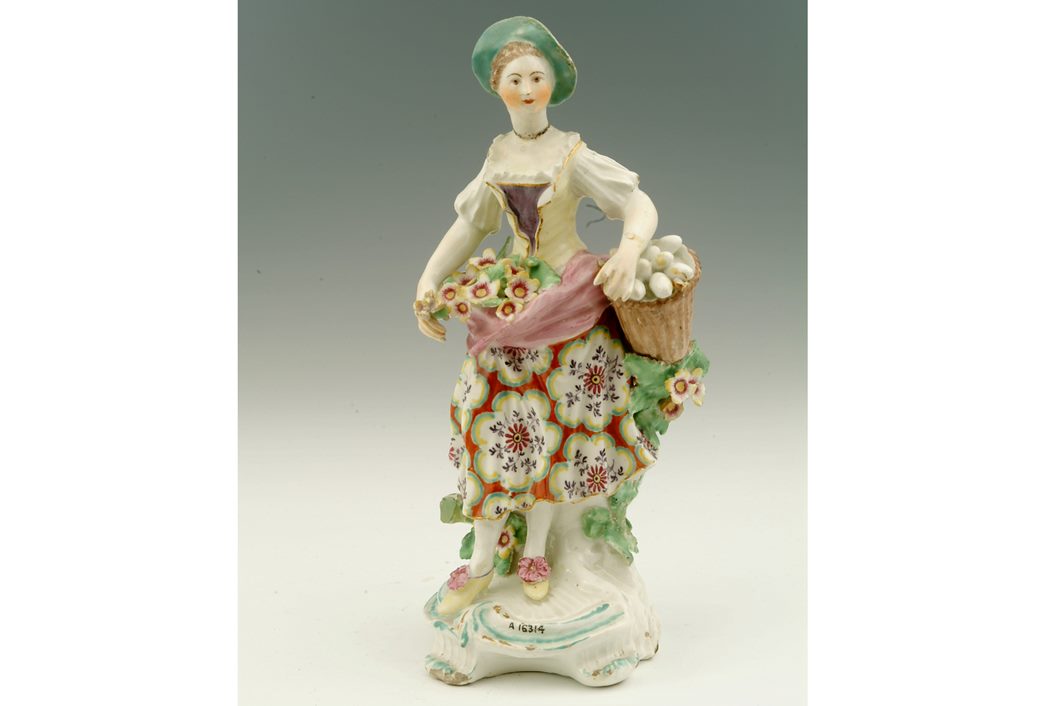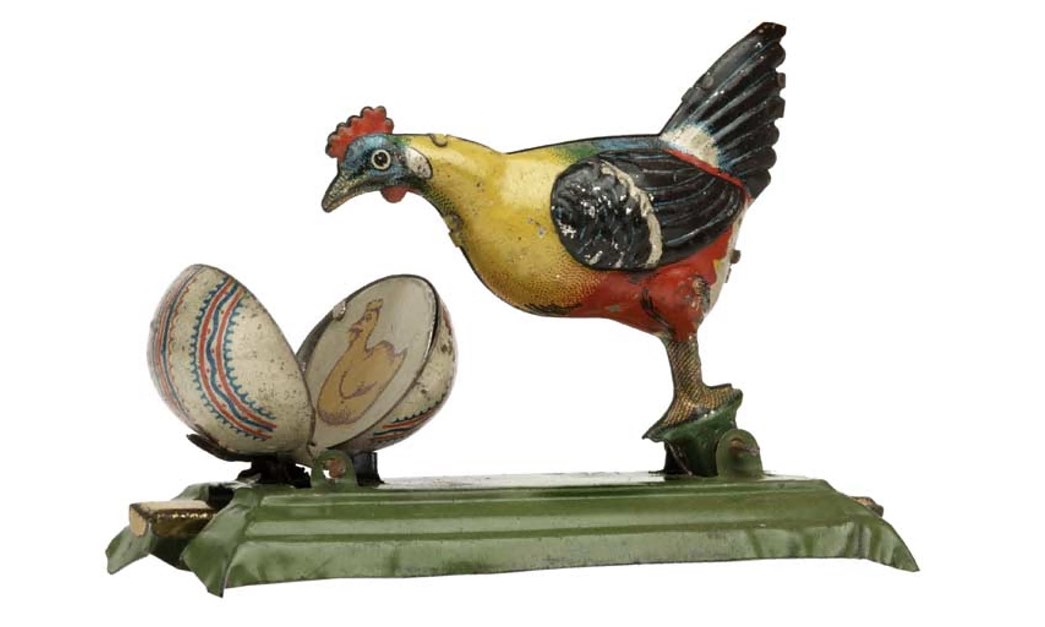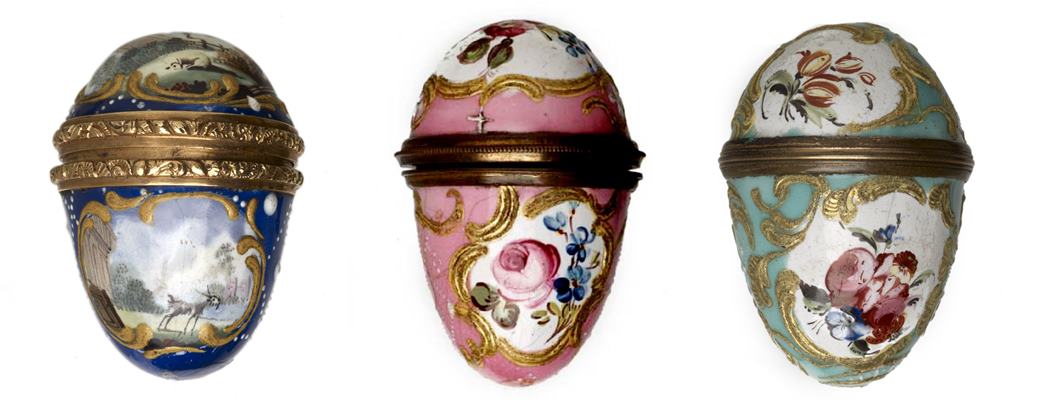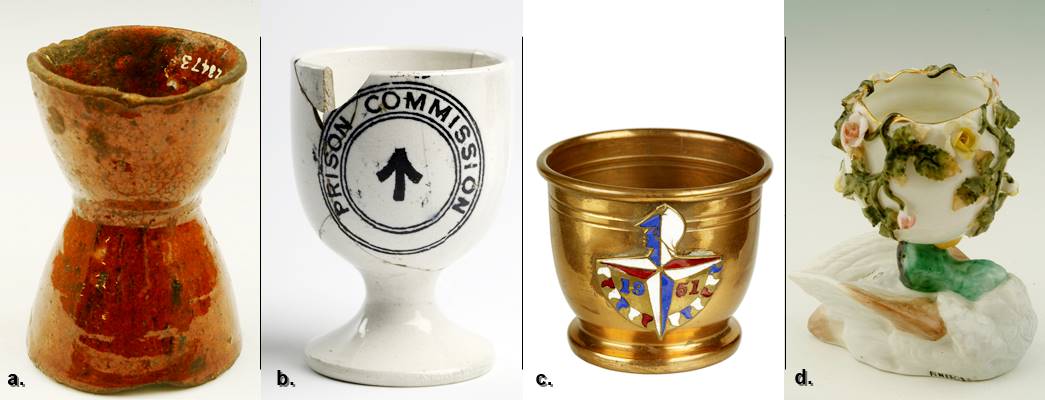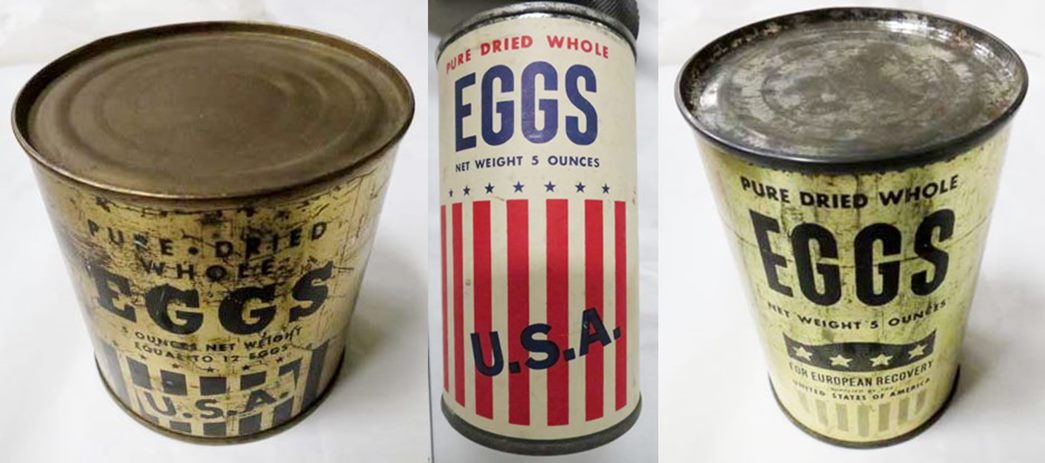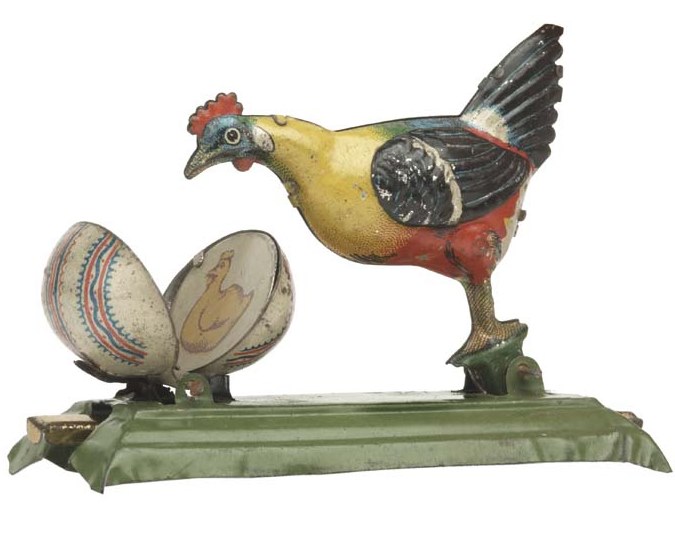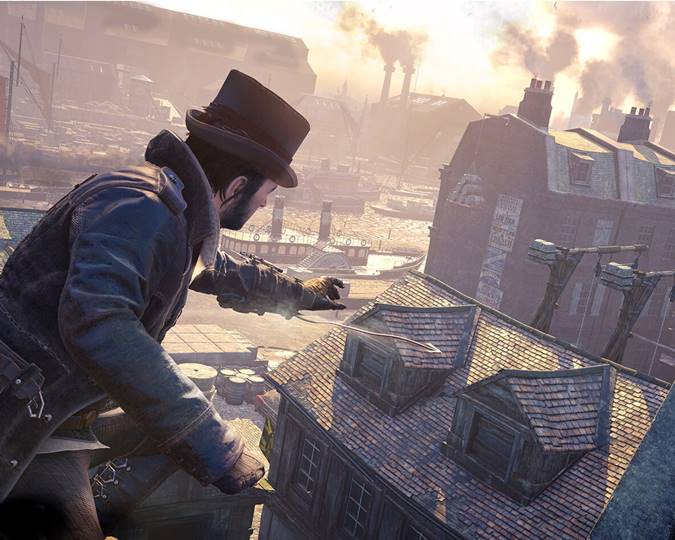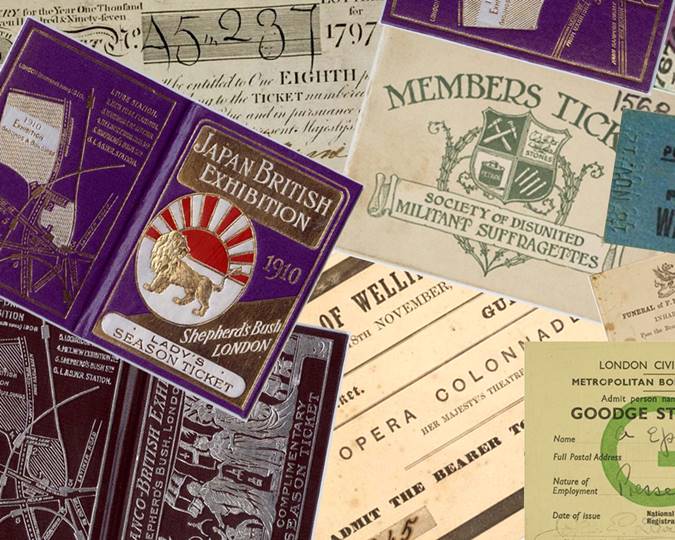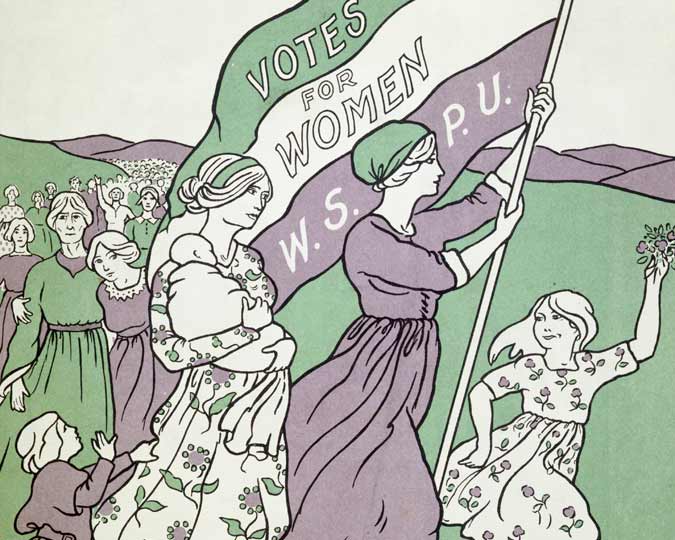The last time we went egg hunting across our collection, there was just so many that they wouldn’t fit in one basket. We do have 7 million objects, after all! This time, we found them on window displays, penny toys, and even at a jail! Let’s get cracking!
The German tradition of hunting for Easter eggs is quite popular with kids today, but it was a novelty till the late 1800s. Now, chocolate eggs are ubiquitous across shop windows and advertisements, and egg hunting on Easter Sundays is a group activity for kids, but it wasn’t until 1873 that the first chocolate egg was produced in the UK, by J.S. Fry & Sons Ltd.
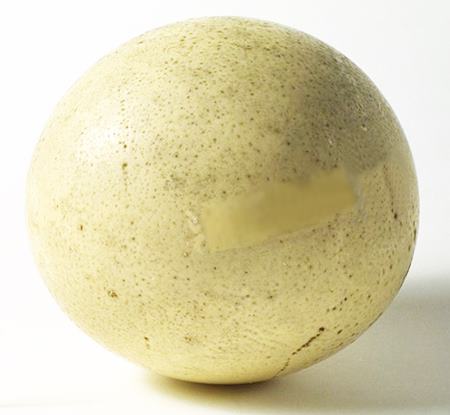
A very large glass ostrich’s egg. (ID no. DK88.116/831)
Queen Victoria, as a child, would famously enjoy Easter egg hunts, and in 1833, she wrote in her journal: “Mama did some pretty painted & ornamented eggs, & we looked for them.” The tradition continued with her children, where Prince Albert would hide eggs in moss baskets around Osborne House in the Isle of Wight. However, these hunts took place on Maundy Thursday, and not on Easter.
In the 1900s, the tradition became more popular, with many leading London confectioners keeping special chocolate egg boxes, and even toys with surprises in them. Some of these have made their way to the museum’s collection!
‘Hidden’ among the seven million objects in our collection, we found a very LARGE glass ostrich egg made during 1900–35, a very cute hen and egg penny toy and a number of very interesting egg cups, some of which have fascinating backstories, shared by the museum’s curators and archivists.
Read on to join us on the egg-citing hunt!
What about some ‘egg money’?
Eggs have long been used in fine and decorative art to represent rural life, and are particularly associated with women, shares Curator Danielle Thom. The term “egg money” refers to side income earned by farmers’ wives from the sale of eggs and other dairy products. This ornate porcelain figure, with her bundle of flowers and basket of eggs, is an idealised image of an 18th century country girl.
It’s all play
This mechanical spring-action tinplate toy hen and egg is part of a large collection of penny toys and novelties donated to the Museum of London in 1918 by Ernest King. It was purchased for one penny (1d) from a London street trader on 21 December 1909.
According to Curator Beverley Cook, King was based in Gutter Lane, where he was well placed to observe the activities of the numerous ‘gutter merchants’ trading in the nearby St Paul’s and Ludgate Circus area. Between 1893 and 1918, King purchased over 1,500 items from the street traders, and in 1918 donated his collection to the museum. The mass production of toys and novelties from the last quarter of the 19th century enabled all but the poorest Londoners to buy penny Christmas gifts for their children.
Egg-centric containers
By definition, eggs exist to hold and conceal things within their shells. While you won’t find a chick inside these tiny enamelled eggs, they are designed to hold small personal items. The one with dark blue enamel holds a thimble for sewing; and the other two (pink and green), a sponge soaked in perfume which could be used to ward off foul smells. Designed to be kept in a pocket or attached to a chain, these fashionable trinkets would have adorned the person of a stylish 18th century lady, writes Curator Danielle Thom.
History in a cup
Egg cups have been in use since the Roman period, during which time eggs were traditionally served as the first part of a meal. The rounded shape of an egg makes it difficult to serve and eat (when boiled) without a dedicated vessel to support it upright. Londoners of all social classes have owned egg cups throughout history, explains Thom — from the fashionable silver ones owned by 17th century aristocrats to the humble wooden and pewter cups used by working people.
Here you can see the different types of egg cups, from the simple post-medieval fine red ware one (image a), to the very ornate porcelain one (image d.) with a duck with its open bill supporting an egg cup. One with an interesting history is the white and black earthenware egg cup (image b.), which comes from Holloway Gaol as a souvenir by a suffragette prisoner. The egg cup bears the convict's arrow.
The copper egg cup (image c.) is a souvenir from the Festival of Britain 1951 by Starferst, with an enamelled Festival of Britain badge. These souvenirs are now collectors’ items for many.
A matter of ration
While egg hunting is a fun pastime, it’s also important to remember its sombre associations. During World War II, eggs — much like meat, butter, cheese, sugar and tea, among other items — were rationed. Fresh eggs were a luxury few had access to. While, interestingly, “modern method of manufacturing powdered eggs was developed in the 1930s by Albert Grant and Co. of the Mile End Road, London”, these tinned dried eggs first arrived in the UK from the USA in 1941. A 5 ounce tin was equivalent to 12 eggs. Colloquially called ‘ersatz eggs’ in the UK, under rationing, a family was initially allowed one of these tins every eight weeks. Vegetarians were allowed a bit more.
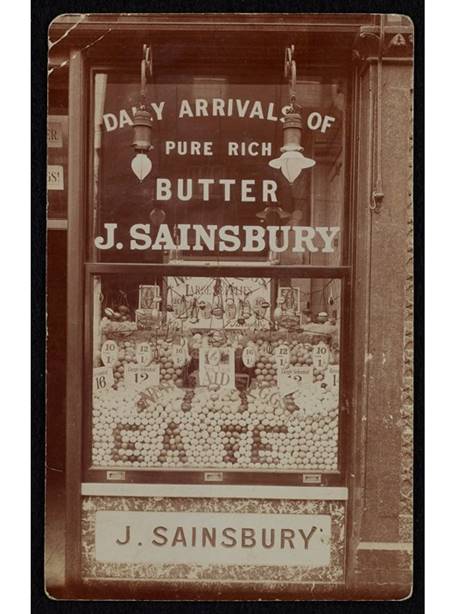
Window
watching
London's iconic supermarket Sainsbury’s often used window displays to promote specialities, on occasions such as Christmas and Easter, says Archivist Allison Foster. For example, butter and margarine were often promoted in window displays by creating ‘margarine roses’, which were portions of margarine carved to look like a rose!
This postcard in the Sainsbury’s Archive collection shows an Easter-themed window display at the 134 North End, Croydon branch. The egg display was designed to show the different varieties laid by hens, although they also featured brightly painted eggs for added colour.
Can you count the number of eggs on display? We tried!
Did you know that we also have these quirky shoes with egg heels, a real medieval hen’s egg, and a mysterious egg found on the shores of River Thames in our collection? If you haven’t read about them yet, you will definitely want to click here and find out more!
Header image: A hand-finished Valentine's card from the Jonathan King collection. (ID no.: 34.170/996)








